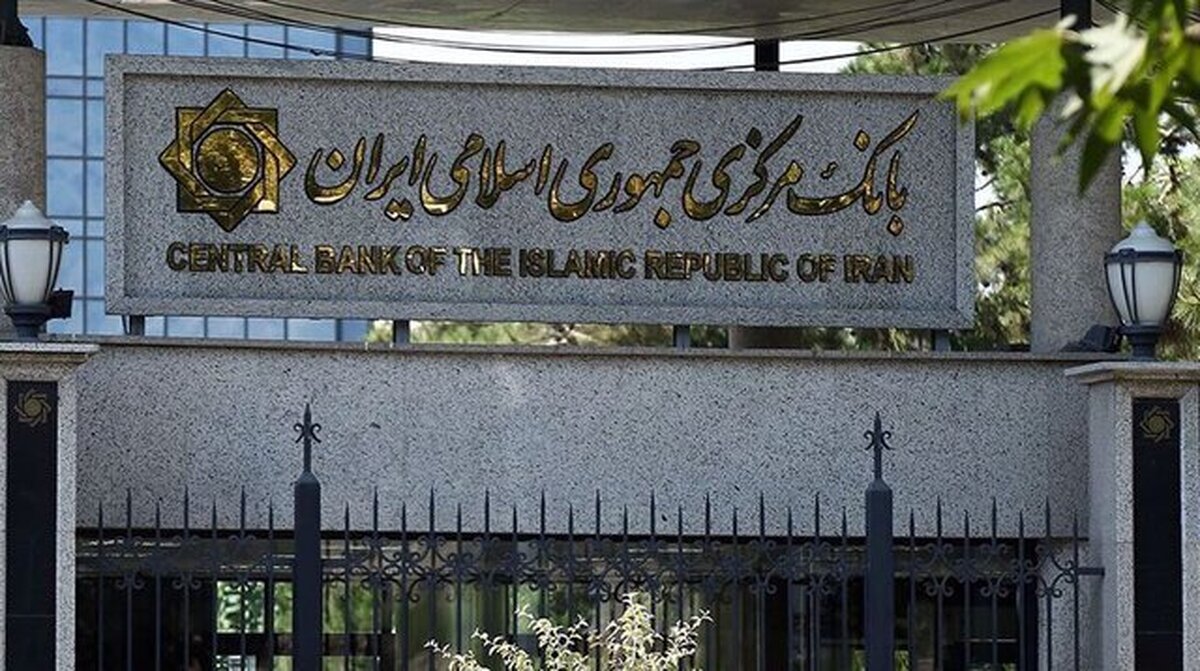
18 Banks Are Saddled With Very Low Capital
EghtesadOnline: Financial reports of banks show the majority are struggling with capital adequacy ratios (CARs) below global financial norms.
Out of a total of 23 Iranian banks, CAR in eight was below zero, six banks had a ratio between 0-4%, and four between 4-8%.
Only five banks had a capital adequacy ratio above 8%, according to data published by the semi-official Fars News Agency.
Also known as capital-to-risk weighted assets ratio (CRAR), CAR is used in most to protect depositors and promote the stability and efficiency of financial systems. It is calculated by dividing a bank's capital by its risk-weighted assets.
Minimum capital adequacy ratios are critical in ensuring that banks have enough cushion to absorb a reasonable amount of losses before they become insolvent and consequently lose depositss.
Currently, the minimum ratio of capital to risk-weighted assets is 8% under Basel II and 10.5% under Basel III. In Iran a minority of banks have CARs compatible with Basel III levels.
Majority of them have CARs lower than Basel II standards. Basel III (or the Third Basel Accord) is a global, voluntary regulatory framework on bank capital adequacy, stress testing and market liquidity risk.
The third installment of Basel Accords was developed in response to the deficiencies in financial regulations exposed by the financial crisis in 2007–08 and is intended to strengthen bank capital requirements by increasing bank liquidity and reducing bank leverage.
As per the available data, Sina Bank, Middle East Bank and Karafarin Bank are three private banks, and Bank Melli Iran and Export Development Bank of Iran are two state-owned lenders with acceptable capital adequacies.
As per recent financial statements released by state-owned banks, BMI reported CAR at 10.24%, Bank Keshavarzi (Agro-bank) 1.47% and EDBI 12.5%. CARs in Bank Maskan and Bank Sepah were negative, respectively at -1.5 and -5.75%
Former CBI governor Abdolnasser Hemmati recently linked poor performance of banks to the government role and intervention in the banking industry.
“If we were to act based on accepted international norms, most of our banks, especially state-owned, must stop functioning due to capital inadequacy,” he wrote in a note on his social media account last week.
Lacking Clout
Hemmati said the CBI does not have the power nor the authority to decide the fate of failing banks without taking arduous legal and procedural requirements.
The senior banker pointed to the urgency to “correct the financial relationship between the CBI and the government” as the main step toward promoting CBI independence.
He also ascribed poor performance of banks to obligations imposed by the government and Majlis to lend without taking into account the credibility and financial solvency of borrowers.
Earlier he had criticized the Majlis for padding the 2021-22 budget with rules that overburden the ailing banking system, saying that figures approved in the budget include decrees to the central bank and the banking system as a whole, which ultimately could result in high-powered money and money supply growth.
Banks have been under renewed pressure as they have to help realize government budget targets and also comply with the regulator’s mounting restrictions and gradually increasing transparency rules.


